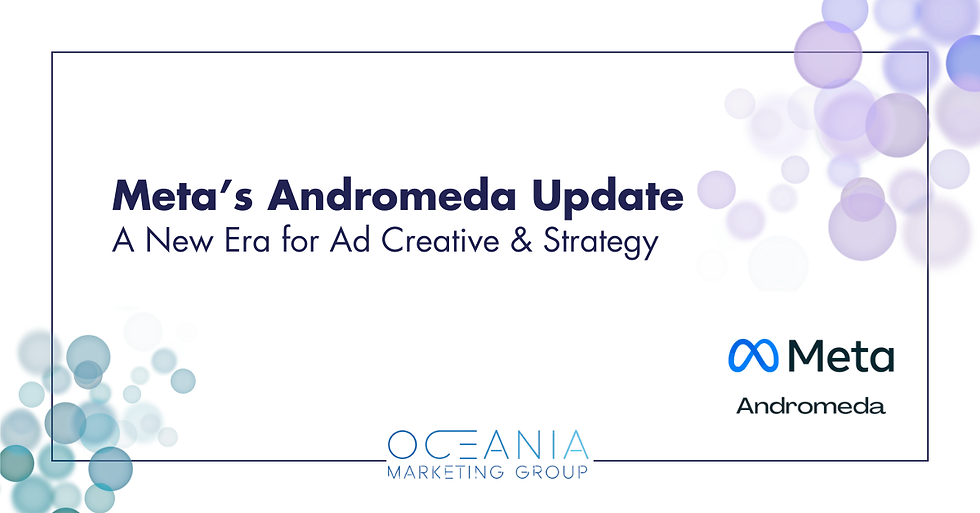The Power of Marketing Automation: Strategies, Platforms, and Implementation Checklist
- Karen Lewis
- Sep 15, 2023
- 3 min read
Updated: Sep 25, 2023

Marketing automation has emerged as a game-changing solution, offering a comprehensive toolkit to achieve these objectives efficiently. It can, however, be hard to know where to start and how best to apply this technology to your business.
We delve into what marketing automation is, explore some popular platforms, and provide a step-by-step checklist for creating an effective marketing automation strategy.
What is Marketing Automation?
Marketing automation refers to the use of software and technology to automate repetitive marketing tasks and workflows. It enables businesses to deliver personalised and timely content to their target audience, nurture leads, and track the effectiveness of their marketing campaigns. By automating routine processes, marketing teams can allocate more time and resources to strategic activities that require human creativity and decision-making.
Key Benefits of Marketing Automation:
Improved Efficiency: Automation reduces manual work, allowing marketers to focus on strategy, creativity, and high-impact tasks.
Personalisation: Marketers can deliver tailored messages and offers to individual customers based on their behaviour, preferences, and demographics.
Lead Nurturing: Automation helps build and maintain relationships with leads, guiding them through the sales funnel until they are ready to convert.
Scalability: As businesses grow, marketing automation can adapt to handle increased demands without significant resource allocation.
Data-Driven Insights: It provides valuable data and analytics, helping businesses make informed decisions and refine their strategies.
Popular Marketing Automation Platforms
There are numerous marketing automation platforms available, each with its unique features and strengths. When choosing a platform, consider your business's specific needs, budget, and scalability. Here are some widely used marketing automation platforms:
HubSpot: HubSpot is known for its user-friendly interface and comprehensive inbound marketing tools. It offers CRM integration, email marketing, lead nurturing, and analytics.
Marketo: Marketo, a part of Adobe Experience Cloud, is a powerful platform suitable for larger enterprises. It provides advanced lead management, scoring, and email marketing capabilities.
Mailchimp: Ideal for small and mid-sized businesses, Mailchimp offers a robust automation suite. It is known for its simplicity and affordability. It does lack some sophistication with integration
ActiveCampaign: ActiveCampaign is a versatile platform offering email marketing, marketing automation, and CRM features. It is known for its strong automation capabilities and segmentation options.
Salesforce Marketing Cloud: Salesforce offers a comprehensive suite of marketing automation tools with strong CRM integration. It is a preferred choice for enterprises with complex marketing needs.
Creating a Marketing Automation Strategy: A Checklist
Define Your Objectives:
Identify clear, measurable goals for your marketing automation efforts. Are you aiming to increase lead generation, customer retention, or sales conversions?
Segment Your Audience:
Divide your audience into distinct segments based on demographics, behavior, and engagement levels. Tailor your messaging for each segment.
Select the Right Platform:
Choose a marketing automation platform that aligns with your goals, budget, and technical requirements. Write a business requirements list and compare platforms to ensure you get the right fit for your business, Remember to look at platforms with strong support around integration and implementation.
Integrate with CRM:
Integrate your marketing automation platform with your Customer Relationship Management (CRM) system to maintain a unified view of customer data.
Create Compelling Content:
Develop content that resonates with your audience at each stage of the customer journey. Consider different formats for this content and where is could be displayed, i.e email. social media, website etc
Set Up Lead Nurturing Workflows:
Design automated workflows to nurture leads from initial contact to conversion. This may include email drip campaigns, personalized recommendations, and follow-up sequences.
Implement Personalisation:
Leverage automation to deliver personalised content, product recommendations, and offers to individual customers.
Monitor and Analyse Data:
Regularly review the performance of your automation campaigns. Adjust your strategy based on key metrics like open rates, click-through rates, and conversion rates.
Test and Optimise:
Continuously A/B test different elements of your campaigns, such as subject lines, email content, and CTAs, to improve performance.
Compliance and Privacy:
Ensure your automation strategy complies with data protection regulations, such as GDPR and CCPA. Obtain consent when collecting customer data. Ensure customers can control their communication preferences.
Training and Collaboration:
Train your team on using the automation platform effectively and encourage collaboration between sales and marketing teams.
Scale and Expand:
As you achieve success with your initial automation efforts, scale your strategy to cover more touchpoints in the customer journey.
Marketing automation has become an indispensable tool for businesses looking to streamline their marketing efforts, enhance customer engagement, and drive revenue growth. By selecting the right platform and following a well-thought-out strategy, you can harness the full potential of marketing automation to achieve your business goals. So, take the leap, automate your marketing processes, and watch your business flourish in the digital age.
%20(18).png)



Comments